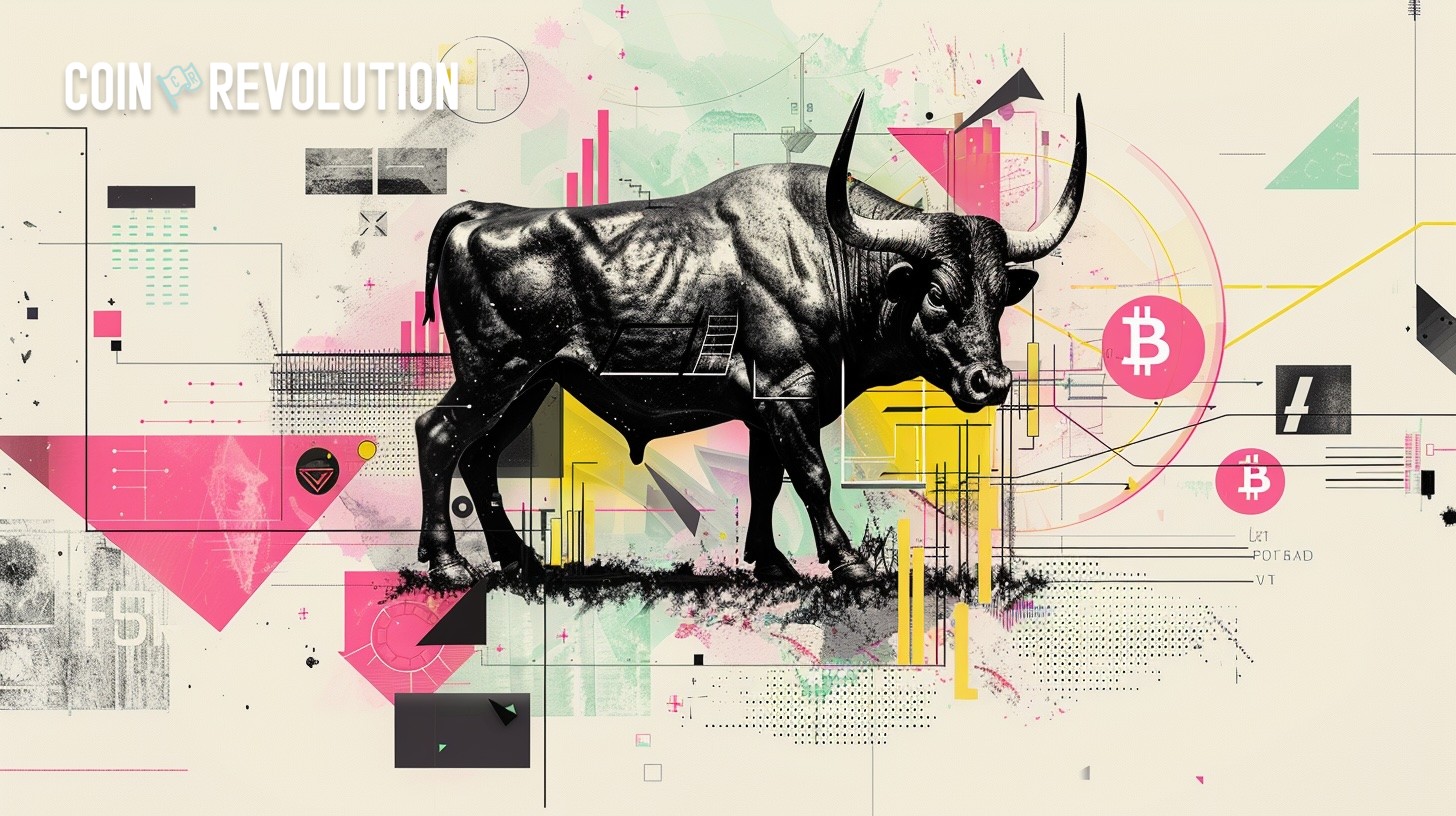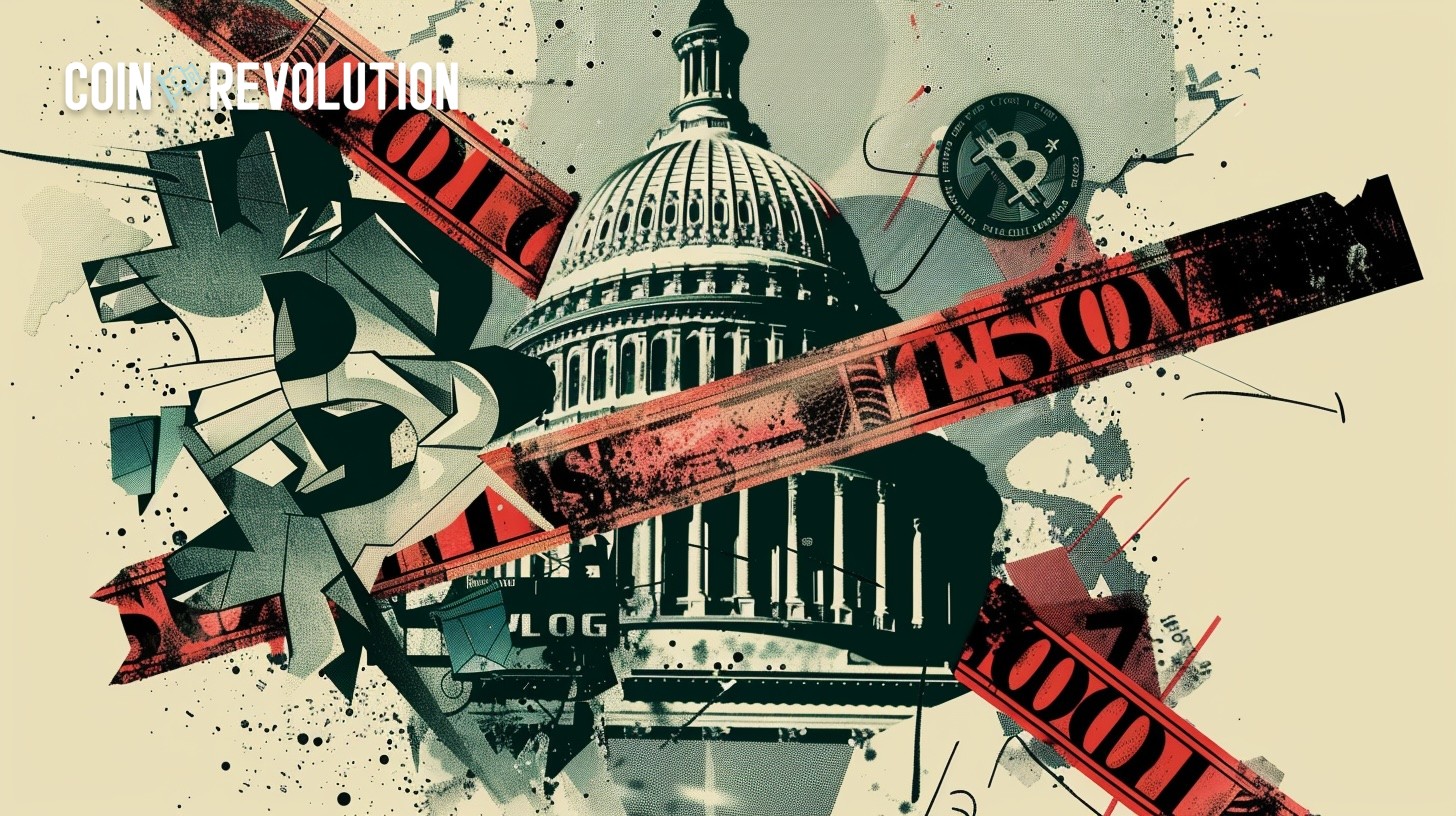JPMorgan’s Stablecoin Split: Strategists Skeptical as Executives Eye $2T Future

Skepticism is rising around the stablecoin market’s $2T forecast. While JPMorgan urges caution, Goldman and BNY are moving fast-tokenizing money markets and reshaping institutional infrastructure.
JPMorgan Pushes Back on $2 Trillion Forecast
Major financial institutions are skeptical of recent $2 trillion stablecoin market projections. In a note to clients, JPMorgan strategists led by Teresa Ho described the target as “a little bit optimistic,” citing underdeveloped infrastructure and slow institutional adoption. Treasury Secretary Scott Bessent echoed the projection in Senate hearings, anticipating rapid sector growth with favorable legislation.
The GENIUS Act, signed July 18, 2025, provides regulatory clarity for dollar-backed stablecoins. However, JPMorgan analysts warn the market’s growth may be more gradual than supporters expect. Despite stablecoins being promoted as faster, more efficient rails for payments and remittances, they still account for less than 1% of global money flows.
Why the Skepticism? Structural and Demand-Side Friction
JPMorgan’s critique centers on the ecosystem’s immaturity. “We find it hard to believe the market could grow substantially larger over the next few years,” analysts wrote, noting early-stage infrastructure. Stablecoins lack deep integration with liquidity management systems, limiting adoption by risk-averse investors.
Stablecoins favor merchants over consumers – issuers generate revenue from reserve yields while users only gain storage and transfer functions. JPMorgan argues that institutional liquidity managers are unlikely to treat stablecoins as a serious cash alternative in the near term.
The bank projects the market could reach $520-780 billion at best – far below the $2 trillion regulatory target.
GENIUS Act: The First Federal Framework for Stablecoins
The GENIUS (Guiding and Establishing National Innovation for US Stablecoin) Act introduces formal licensing, reserve, and audit requirements for stablecoin issuers. It mandates 1:1 reserve backing in cash or U.S. Treasuries, periodic public disclosures, and bankruptcy protections that prioritize holders over creditors.
Crypto proponents view this as a landmark moment for bank and fintech adoption, but real-world impact remains unclear. Fidelity notes the law may enable mainstream adoption – but not overnight. “Consumers must be willing to use the products,” their report emphasizes, and regulatory guardrails alone may not shift behavior.
Fidelity also raises a note of caution: widespread adoption of stablecoins could benefit host blockchains, but any collapse or depegging event could trigger negative spillover effects on broader crypto markets. In other words, regulatory clarity doesn’t eliminate market risk.
Institutional Optimism: Goldman, BNY, and the Tokenized Future
Despite JPMorgan’s doubts, other institutional players are already acting on the momentum provided by the GENIUS Act. Goldman Sachs and Bank of New York Mellon announced on July 23 a major initiative to tokenize money market funds, allowing institutional clients to record ownership on Goldman’s blockchain platform.
The effort includes heavyweights like BlackRock, Fidelity, and Federated Hermes. Unlike stablecoins, these tokenized funds offer yield and could appeal to institutions seeking digital cash equivalents with real return potential.
Tokenizing enables seamless and efficient transactions without traditional frictions.
said Laide Majiyagbe, BNY’s global head of liquidity.
The move not only facilitates 24/7 settlement but also positions tokenized funds as usable collateral in institutional trading-something stablecoins have yet to achieve.
You’re creating utility in an instrument where it doesn’t exist today.
said Mathew McDermott, Goldman’s head of digital assets.
Tokenization, for Goldman and BNY, is a foundational redesign of financial infrastructure-built for scale and institutional speed.
Diverging Paths: A Market Still in Formation
JPMorgan’s caution and Goldman’s acceleration are not contradictory-they reveal different time horizons and strategic priorities. For JPMorgan, the retail-facing stablecoin sector may lack near-term catalysts. For Goldman and BNY, institutional-grade tokenization of yield-bearing assets presents an immediate business opportunity.
The GENIUS Act provides legal groundwork, but investor behavior and infrastructure development will determine if the $2 trillion vision materializes. Meanwhile, tokenization of traditional assets may drive more immediate growth than stablecoins.
The information published on CoinRevolution is intended solely for general knowledge and should not be considered financial advice.
While we aim to keep our content accurate and current, we make no warranties regarding its completeness, reliability, or precision. CoinRevolution bears no responsibility for any losses, errors, or decisions made based on the material provided. Always do your own research before making financial choices, and consult with a qualified professional. For more details, refer to our Terms of Use, Privacy Policy, and Disclaimers.










